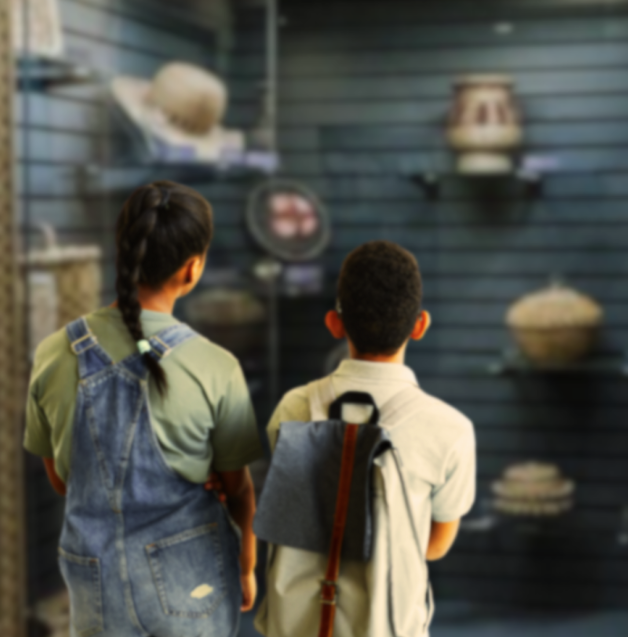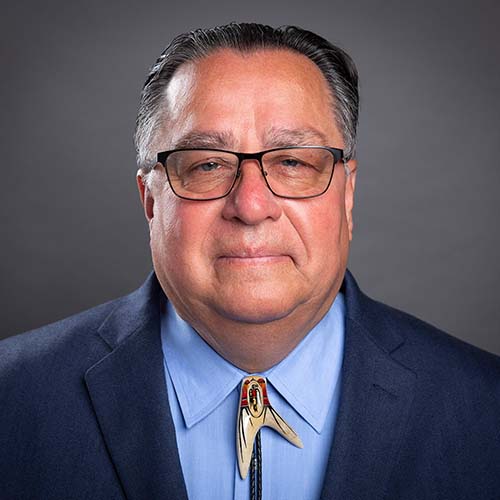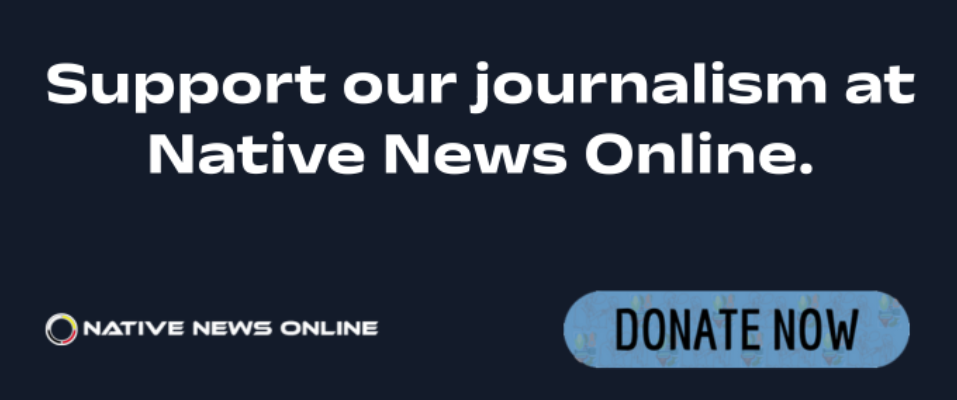
- Details
- By Native News Online Staff
The Association on American Indian Affairs will host its fourth annual Tribal Museums Day beginning Saturday, Dec. 6, with a live-streamed event kicking off a weeklong celebration running through Dec. 12.
The event highlights diverse Native histories and cultures through the perspectives of the original Peoples of Turtle Island. More than 150 tribal museums and cultural centers across the country will offer visitors opportunities to learn from Native Peoples and their Nations, considered the primary experts on their own histories, cultures and lifeways.
Each museum will share its unique story, allowing guests to explore local histories, vibrant Native cultures, and Native-made art, books, food and other items.
To help visitors plan their trips, the Association provides a Tribal Museums Map with detailed listings and website links for hours, parking and other information.
“Everyone is welcome in Tribal Museums,” said Shannon O'Loughlin, a citizen of the Choctaw Nation of Oklahoma and the Association’s CEO and attorney. “Slow down, ask questions, and spend time with the museum staff — they are the teachers, culture bearers, and knowledge holders who make these experiences meaningful.”
The Dec. 6 live-streamed event at 2 p.m. CT will feature interviews with wisdom keepers and insights from participating museums. The broadcast will be available on the Association’s YouTube, Facebook and LinkedIn channels.
Museums participating in the live-streaming event include Chickaloon Village Traditional Council’s Nay’dini’aa Na’ Kayax’ Cultural Facility, the United Keetoowah Band’s John Hair Cultural Center and Keetoowah Museum, and the MOWA Band of Choctaw Indians’ MOWA Choctaw Cultural Center.
During the weeklong celebration, tribal museums and cultural centers may offer free or discounted admission, live cultural demonstrations, special exhibits and holiday markets.
Event partners include the National Museum of the American Indian, Native America Calling, Native News Online and the American Indigenous Tourism Association. More information about Tribal Museums Day, participating museums, special offers and the live-streaming event is available at Indian-Affairs.org.
More Stories Like This
Vision Maker Media Honors MacDonald Siblings With 2025 Frank Blythe AwardFirst Tribally Owned Gallery in Tulsa Debuts ‘Mvskokvlke: Road of Strength’
Zuni Youth Enrichment Project and Partners at Ho’n A:wan Productions Launch 8th Annual Delapna:we Project
Chickasaw Holiday Art Market Returns to Sulphur on Dec. 6
Center for Native Futures Hosts Third Mound Summit on Contemporary Native Arts
Help us defend tribal sovereignty.
At Native News Online, our mission is rooted in telling the stories that strengthen sovereignty and uplift Indigenous voices — not just at year’s end, but every single day.
Because of your generosity last year, we were able to keep our reporters on the ground in tribal communities, at national gatherings and in the halls of Congress — covering the issues that matter most to Indian Country: sovereignty, culture, education, health and economic opportunity.
That support sustained us through a tough year in 2025. Now, as we look to the year ahead, we need your help right now to ensure warrior journalism remains strong — reporting that defends tribal sovereignty, amplifies Native truth, and holds power accountable.
 The stakes couldn't be higher. Your support keeps Native voices heard, Native stories told and Native sovereignty defended.
The stakes couldn't be higher. Your support keeps Native voices heard, Native stories told and Native sovereignty defended.
Stand with Warrior Journalism today.
Levi Rickert (Potawatomi), Editor & Publisher


